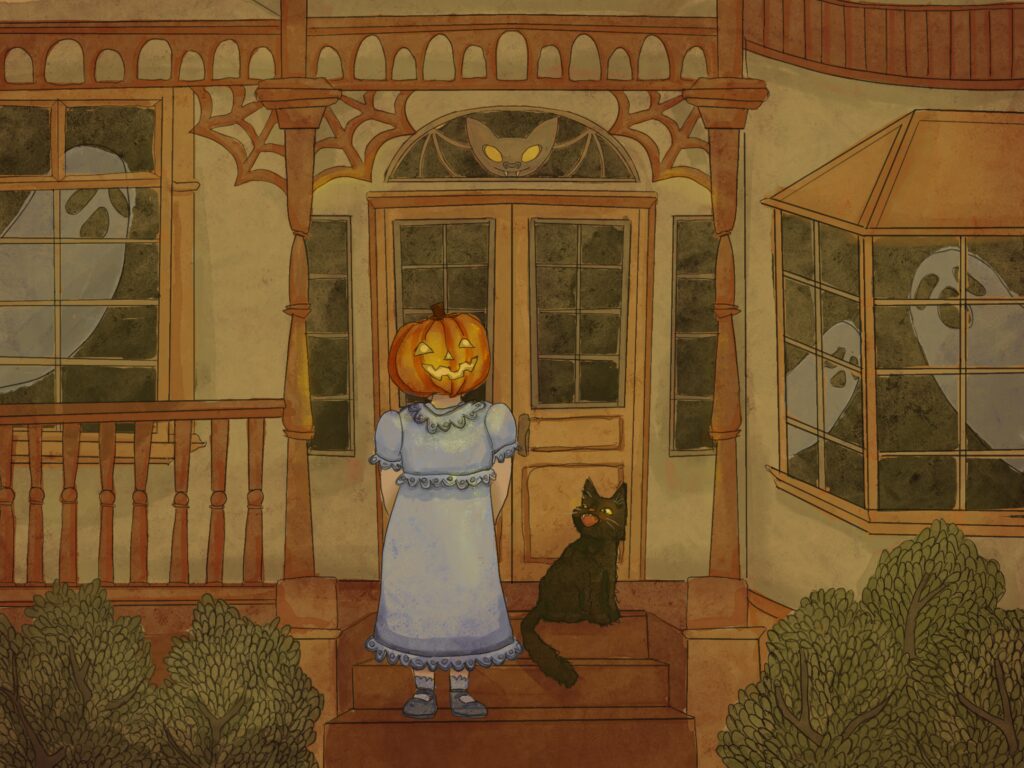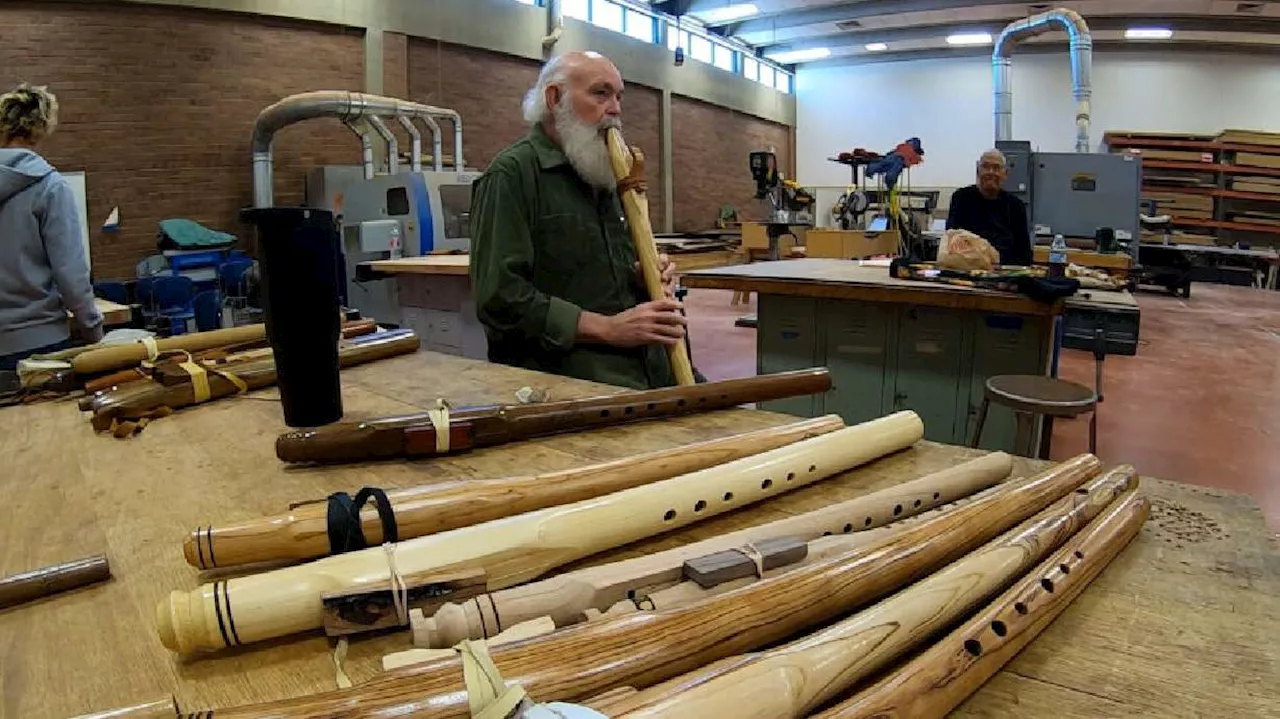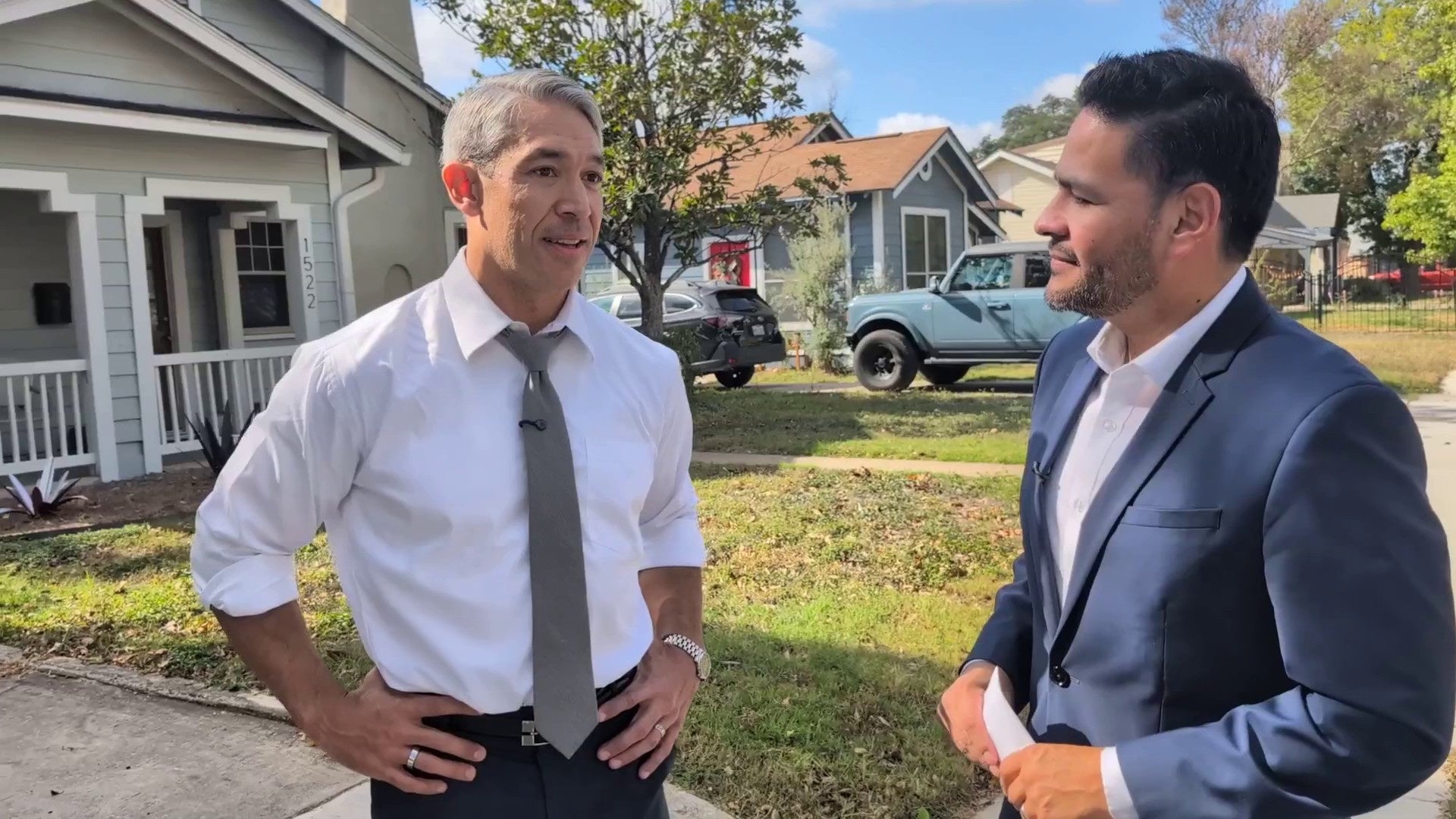Halloween has long been celebrated as a unique holiday that transcends the need for specific beliefs associated with other festivities. Unlike Christmas or Easter, which revolve around distinct figures or narratives, Halloween invites participants to embrace the night itself in a more abstract way.
Growing up in New York City, the magic of Halloween was palpable. Each October, as temperatures dropped and daylight waned, a transformation occurred. Streets once bustling with the hurried pace of daily life became enchanted, filled with children donning costumes and frolicking between brownstones. Stores transformed their aisles into a spectacle of plastic skeletons, orange lights, and vibrant costumes—a sensory experience that was unmistakably Halloween. The air, tinged with the aroma of wet leaves and sugar, fostered a sense of community as strangers exchanged smiles and local shop owners handed out candy.
During those formative years, belief in Halloween was effortless. The thrill of fear morphed into fun, creating shared moments of excitement. The darkness of the night was not something to be feared but rather a backdrop for adventure and imagination.
As adulthood approached, the essence of Halloween shifted markedly. Trick-or-treating gave way to campus events, crowded parties, and late-night gatherings. Costumes became less about creativity and more about social media visibility, often planned through group chats and designed for photo opportunities. Despite this shift, there remains a spark of excitement that ignites each autumn, reminiscent of childhood wonder.
Upon seeing a pumpkin flickering in the window of Silliman College or a dog dressed in a costume, a familiar electricity resurfaces. The love for Halloween persists but has evolved. The magic of the past transforms into a celebration of personal freedom—an opportunity to step outside one’s usual self, even if just for a night.
This adult appreciation for Halloween is rooted in the lightness it brings amid a demanding academic semester. It provides a brief escape from the weight of responsibilities and an invitation to engage in playful rituals, whether through laughter shared with friends or candlelit gatherings.
Rather than disappearing with age, Halloween adapts, finding expression in small, cherished traditions. The spirit of the holiday thrives in the warmth of community and the joy of embracing the unexpected. Perhaps the most profound belief is not one of naive childhood wonder but rather a conscious choice to celebrate, participate, and enjoy the festivities.
In this way, Halloween retains its charm, serving as a reminder that joy can be found even amidst the complexities of adulthood. The holiday continues to ask us to partake in its magic, to play along, and to celebrate the beauty of shared experiences.







